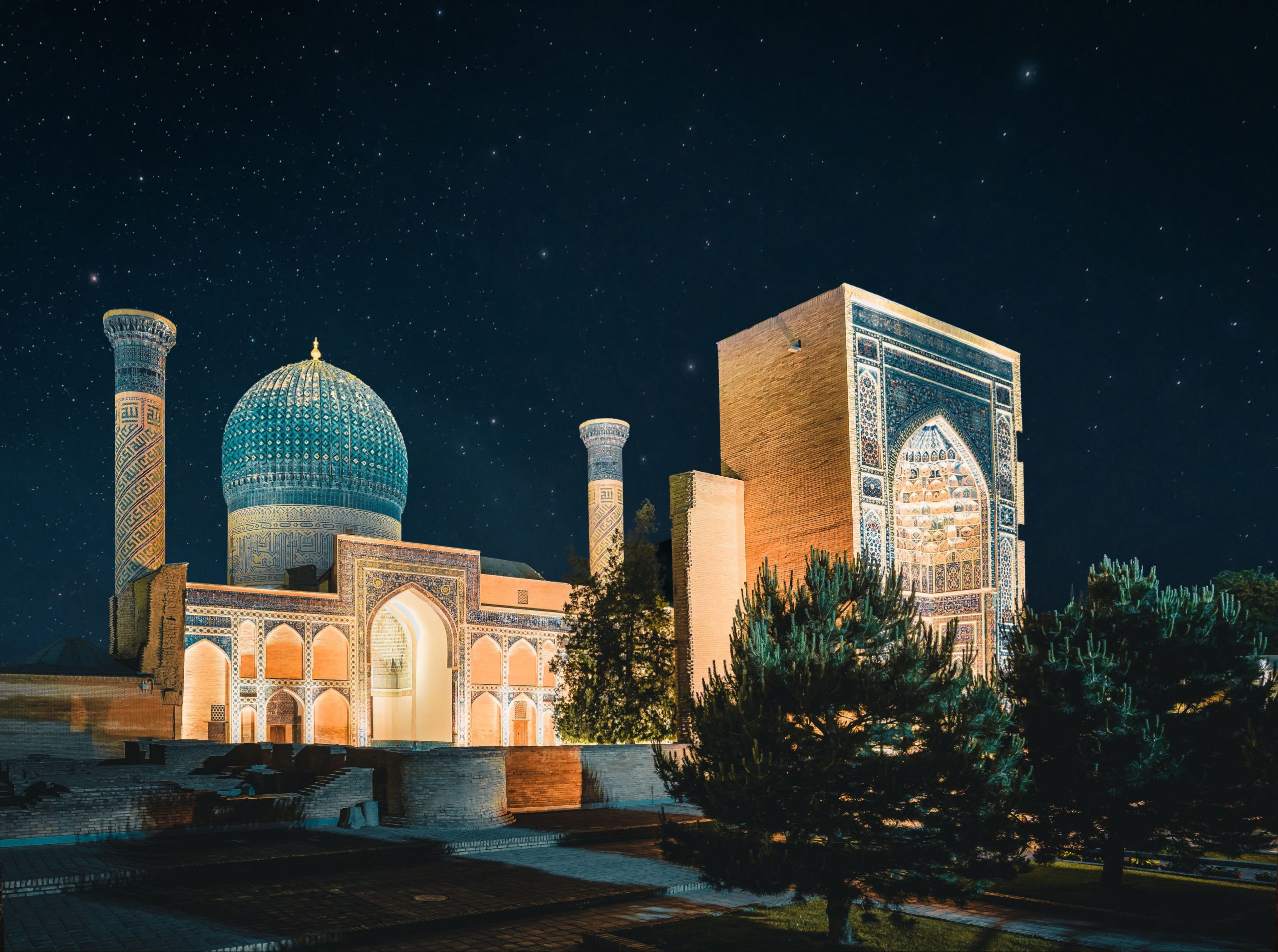spiritof.info – Samarkand, one of the most storied cities in Central Asia, has been a crossroads of cultures and civilizations for over two millennia. Known as the “Pearl of the East,” this ancient city in modern-day Uzbekistan has witnessed the rise and fall of empires, including the Achaemenids, Alexander the Great, and the Timurid Empire. Its rich cultural heritage is reflected in its stunning monuments, which continue to captivate visitors from around the world.
Historical Background
Samarkand’s history dates back to the 7th century BC, making it one of the oldest inhabited cities in the world. It flourished under the rule of the Sogdian civilization and later became a key city along the Silk Road, facilitating trade and cultural exchange between the East and West. Over the centuries, Samarkand was conquered by several empires, each leaving its mark on the city’s cultural tapestry.
Architectural Marvels
Registan Square
At the heart of Samarkand lies Registan Square, a monumental ensemble that epitomizes the architectural brilliance of the Timurid era. The square is framed by three grand madrasahs: Ulugh Beg Madrasah, Sher-Dor Madrasah, and Tilya-Kori Madrasah. Each of these structures boasts intricate tilework, majestic domes, and towering minarets that showcase the artistic zenith of Islamic architecture.
Shah-i-Zinda
Shah-i-Zinda, or “The Living King,” is a necropolis that holds immense spiritual significance. It is a collection of mausoleums adorned with vibrant blue tiles and elaborate carvings. The site is believed to house the tomb of Qusam ibn Abbas, a cousin of the Prophet Muhammad, making it a revered pilgrimage site.
Bibi-Khanym Mosque
Commissioned by Timur (Tamerlane) in the late 14th century, the Bibi-Khanym Mosque was one of the largest and most magnificent mosques in the Islamic world at the time. Its massive entrance portal and grandiose dome reflect the ambition and power of Timur’s empire. Although partially ruined, the mosque remains a testament to the architectural prowess of the Timurid dynasty.
Cultural Significance
Samarkand’s monuments are not just architectural wonders; they are also repositories of cultural and historical narratives. The city has been a melting pot of diverse cultures, with Persian, Turkic, and Mongol influences converging to create a unique cultural identity. This rich heritage is evident in the city’s art, music, and cuisine, which continue to thrive today.
Preservation Efforts
Recognizing its global significance, Samarkand was designated a UNESCO World Heritage Site in 2001. Efforts to preserve and restore its historic monuments have been ongoing, ensuring that future generations can appreciate the city’s cultural legacy. These initiatives focus on both conservation and sustainable tourism, balancing the need to protect the city’s heritage with the economic benefits of tourism.
Conclusion
The cultural heritage and monuments of Samarkand are a testament to the city’s historical importance and enduring legacy. From its stunning architectural landmarks to its vibrant cultural traditions, Samarkand continues to inspire awe and admiration. As a bridge between past and present, the city remains a vital symbol of the rich cultural mosaic that is Central Asia.
